The hillfort (Castle of Utenis, the Great Hillfort) dates back to the beginning of the 1st millennium BC – 2nd cent. and the beginning of the 14-15th cent. It is situated on a separate hill on the left bank of river Utenėlė. The site is triangular in shape, oblong in a north-south direction, length 55 m, width at northern end 35 m. The slopes are steep, 14 m high. North of the hillfort across the ditch there is an outwork (Tomb of Utenis, the Little Hillfort). Its site is semi-circular in shape, oriented in a north-south direction, length 15 m, width at southern end 25 m. In its western, northern and eastern aspect there is a 60 m long, 2.5 high, 14 m wide earthwork.
It is supposed that in the 13th cent. the castle of the Duke Daumantas of Nalšia was here, by which the settlement was established and it was the beginning of Utena town. In 1433 the castle was burnt down by the Livonian Order.
In 1835 the hillfort was excavated by P. Vilčinskis (one of the first researchers of Lithuanian archaeological monuments). He found a thick cultural stratum in the site with pieces of burnt clay, pot shards, animal bones and other findings.
From 1976 to 1978 R. Kulikauskienė and P. Kulikauskas investigated the western aspect of the hillfort site. A 3.3 m thick cultural stratum was found and 3 stages of the hillfort settlement were excluded in it. The earliest fortifications of the hillfort were two rows of wooden 8-18 cm thick posts. The fence was woven from branches and it was repeatedly burnt and repaired. Inside it, the edge of the site was fortified by clay and a 0.8 m wide cobble. This stratum dates back to the 1st millennium BC. From 6 to 8 m long buildings of square post construction with rounded fireplaces were on the edges of the site. At the beginning of the 1st millennium the wooden fence fortifications were replaced with a 1 m high tamped clay earthwork. In the 14th cent. the now visible earthwork was tamped from clay using stones and logs and the sleeted clay wooden defensive wall of post construction was built on it. During the investigations over 800 findings have been excavated: iron arrows for an arbalest and bow, broad axe, pins, awls, knives-sickles, scythes and parts of spurs, cylinder locks, frizzens, buckle, brass pins, bracelets, hooks, Roman copper coin of the 2nd cent. and silver coin of Jogaila of the end of the 14th cent., around 10 thousand of shivers of lined, smooth, polished and clay ceramics, over 7 thousand of animal bones, etc.
Many of the residents of Utena and the town visitors get together on Narkūnai Hillfort to celebrate different festivals. It has become a tradition to arrange the Midsummer’s Day celebration here when large bonfires are burnt on the hillfort, flower wreaths are floated down the River Utenėlė. When Utena celebrates its birthday different theatrical performances are showed on the hillfort where even the Duke Utenis rises from his grave and congratulate the townspeople.

+9


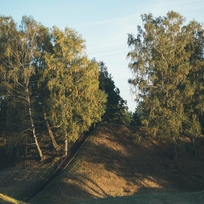
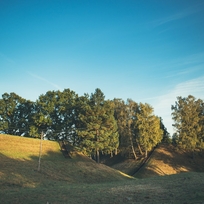
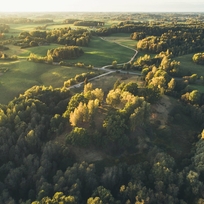
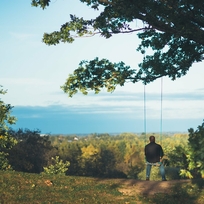
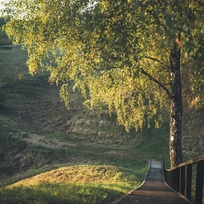
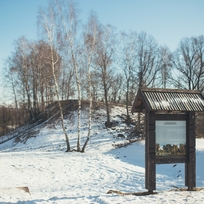
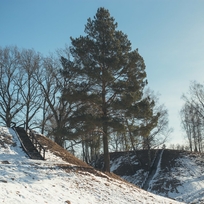
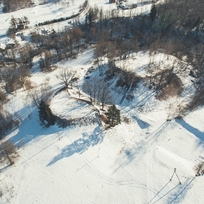
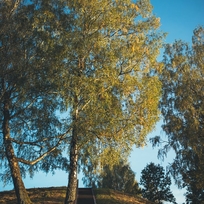
Reviews